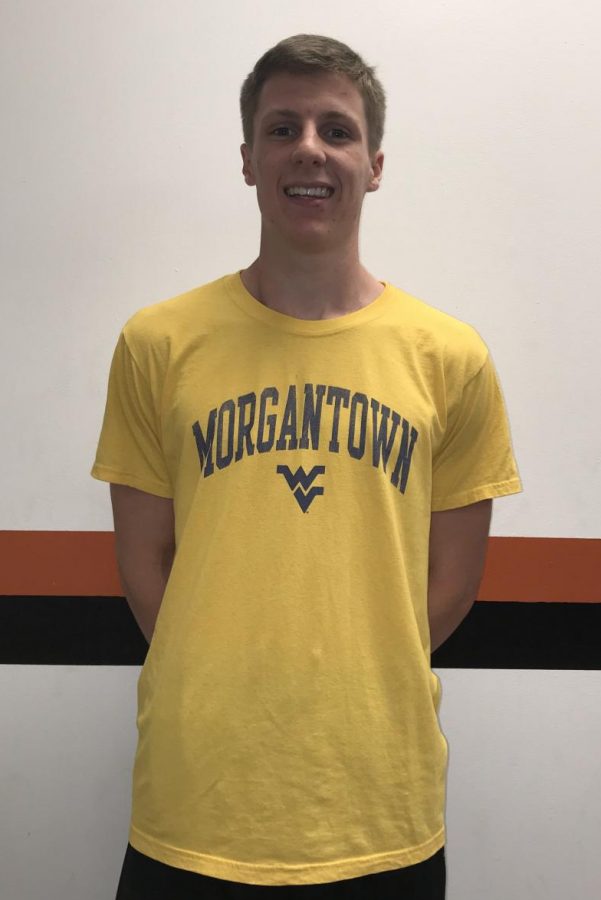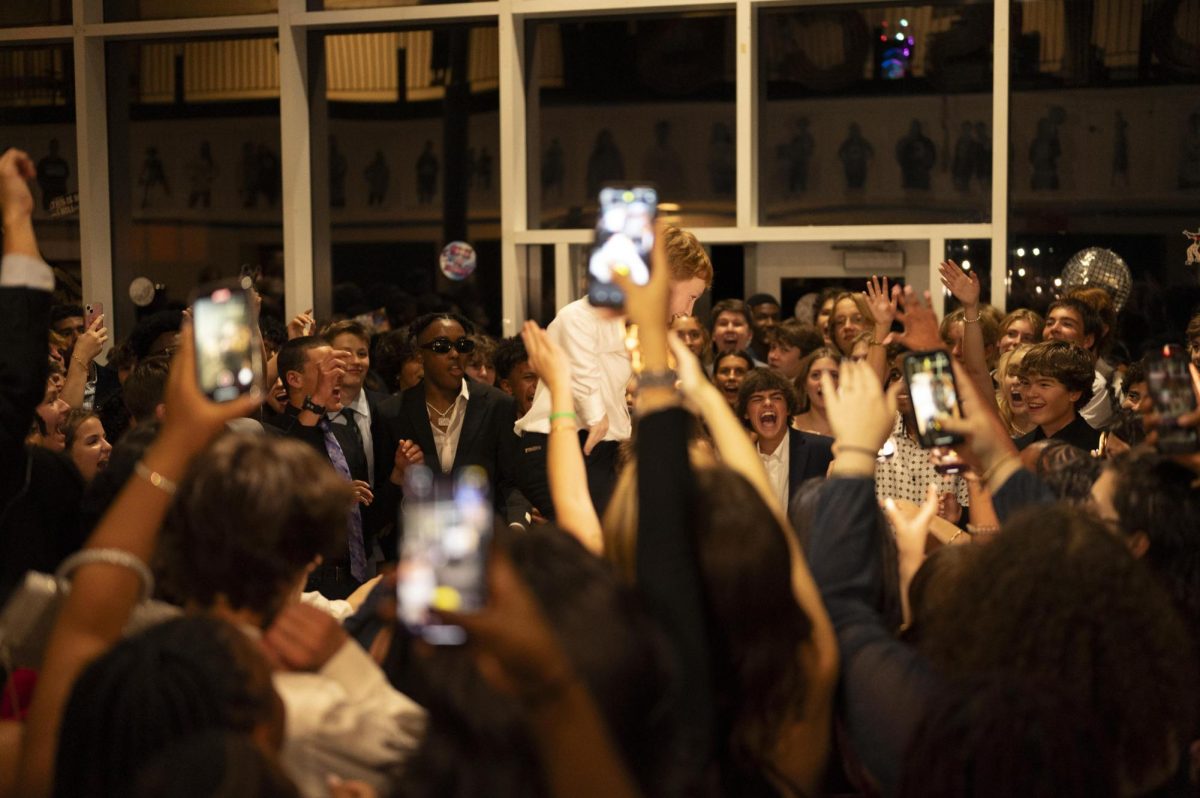Sports at the Next Level
February 7, 2019
Many seniors this year are deep in the college application process, post high school job search or in the process of figuring out their plans for after high school. However some students here at C.H.S. have known their postgraduate plans for months. At C.H.S. and at other schools all across the nation, student athletes have signed or will sign their letters of intent, meaning that they will play sports in college at all three division levels. While not everyone plays sports in college, it is not uncommon either, however many students who are unfamiliar with sports and even some who are familiar with sports, find themselves confused as to how this process works. The K.T.R. interviewed Kyle Lehnert, a West Virginia University bound student-athlete who plans to play soccer at WVU in the fall.
Kyle says he, “First thought about playing in college when I made the elite team for SOCA (a club travel soccer organization in Charlottesville) and when I entered high school. I really started to get better and focus solely on soccer during high school.” When asked how he started the recruitment process he explained, “I first got into contact with coaches my junior year. That’s when knowing whether I wanted to play in college or not really mattered. I emailed coaches locally division 1 and division 3 and waited to see who contacted me back. I also made a highlight video on YouTube and sent college coaches the link to that.”
Finally, Kyle explained the process by which he made his final decision. “The coaches that contacted me back invited me to their ID camps where they could see me play in person. The ID camp is what got me recruited for West Virginia. West Virginia was the first offer I received but after that I received offers from Kentucky and William and Mary.”
While for every person the college recruitment process is different, for Kyle it was relatively simple. College recruitment also varies from sport to sport, as in some sports watching the athlete play is essential. In other sports, coaches can rely on times, performances and statistics in order to recruit. While it may or may not be a simple process, high school student-athletes everywhere are going through the recruitment process constantly.
For each 3 divisions of college athletics there are different, and complex rules. Division 1 is the most serious and competitive division, due to the fact that student-athletes can be offered monetary scholarships to compete. This means that their scholarship can be dependent upon their performance, and if they were to decide they wanted to stop competing for any reason they would no longer hold their scholarship. Division 1 has many complex rules for each sport about when coaches are allowed to contact students, however the general rule is anytime after July 1 in a athletes junior year they can be contacted by a division 1 coach.
Division 2 coaches can contact students anytime after June 15 their sophomore year, obviously significantly earlier than division 3 coaches. Division 2 coaches can offer students partial scholarships, however they can not be offered full rides the same way that division 1 athletes can. All athletic scholarships are the same in that if a student stops competing their scholarship is no longer there.
Finally, division 3 student-athletes can not be offered athletic scholarships, and can be contacted at any point. Division 3 student-athletes, however, can be offered perks some students may not get, for instance they can have a pre-evaluation of their transcript up to junior year, typically in the summer before their senior year, in which the admissions department reviews their transcript and gives them an idea about whether or not they will be offered admission. At some schools students are also allowed to have a financial pre-evaluation in which the financial aid department reviews their financial information and gives them an idea as to what their financial aid award will be, which can greatly impact a students decision in regards to where they will apply when.
All three share some commonalities, such as evaluation periods, where coaches can watch students play, but not come into contact with them, dead periods in which coaches can not make contact with students in person at all, contact periods, in which no communication is limited, and quiet periods, in which coaches may not communicate with students in person off campus.
These rules, while complicated, are the key to the recruitment processes and in conjunction with official on campus visits, in which the coach invites the student on campus and depending upon division may or may not pay for travel expenses, can lead to a student-athlete committing to compete for a school. While the process is complicated, most student-athletes, regardless of division, would agree that the recruitment process is worth it in the long run, and results in some of the best memories of their life.





